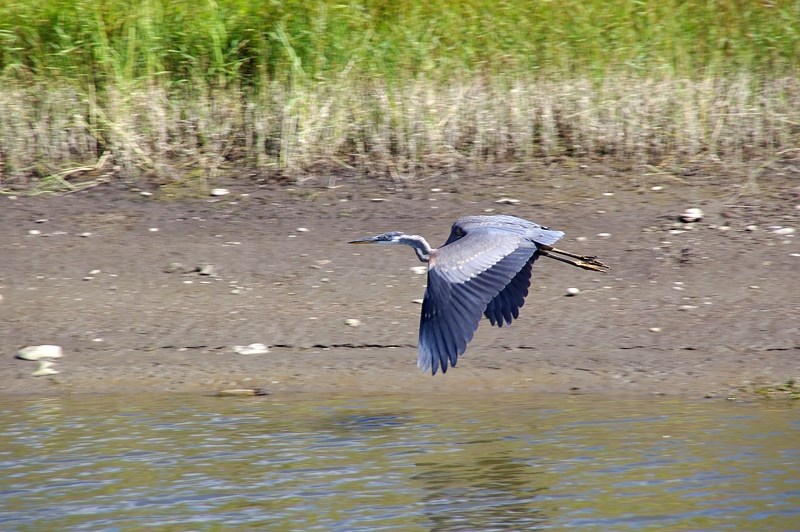While golfers worried about sinking birdies, Jason Clouston and his staff at the Olds Central Highlands Golf Course have been focused on making the course a better place for birds and other types of wildlife.
On Jan. 21, Clouston, the golf club's superintendant, received word from Audubon International, a not-for-profit environmental education organization dedicated to sustainable natural resource management, that the organization has recertified the course as a Certified Audubon Cooperative Sanctuary for its ìcontinuing efforts to enhance wildlife habitat and protect environmental quality.î
Clouston said the course started working towards higher environmental standards in 2008 and it was first certified as a sanctuary in 2010.
Recertification takes place every three years and last summer an independent inspector, Tracy Scott of Ducks Unlimited Canada, surveyed the course in six areas: Environmental planning, wildlife and habitat management, water conservation, outreach and education, chemical use, reduction and safety, and water quality.
ìHe (Scott) thought the course was an excellent example of how a golf course can provide wildlife habitat; he was especially impressed by your songbird inventory and bird banding program,î said Doug Bechtel, Audubon's associate director of environmental programs, in an email dated Jan. 21 to Clouston. ìTracy was impressed with your continuing efforts to create naturalized areas on the golf course, which provide valuable water, food and habitat for local and migratory wildlife in the area.
ìIn particular, Tracy noted connected patches of native habitat between the holes offer wildlife corridors for movement, and he was impressed by a clear effort by your staff to improve shoreline buffers.î
Clouston said some of the specific measures the course has undertaken in the six areas Scott inspected include the discontinuation of mowing certain areas so that vegetation in those places returns to its natural state, as well as creating buffers and not spraying pesticides near water in order to improve water quality throughout the course.
ìOur water is cleaner as it leaves the golf course than it comes in,î he said.
Pesticide use has been reduced, he added, while chemicals that are used are managed properly.
Audubon lauded such efforts.
ìWe applaud your use of Integrated Pest Management (IPM) methods,î Bechtel said in his email. ìThese contribute heavily to enhanced water quality and the beauty of the course. Your chemical and maintenance facilities, water storage and recycling for irrigation, and washing and chemical practices are all excellent and are models for other courses.î
The course has also focused on improving habitat for birds through the placement of bird boxes and a banding program.
As for education and outreach, Clouston said the course offers group tours and special programs, especially for young students, where they can learn about the birds that make their homes in and around the course and participate in banding efforts.
The course now has roughly 40 bird boxes, he added, and more than 200 birds are banded each year.
As a result of all these efforts, waterfowl, songbirds, moose, foxes, deer and other wildlife are frequently seen on the course, Clouston said.
He said he started the efforts to enhance the golf course's environmental features as he thought the course was capable of achieving a higher level of sustainability.
Clouston said he also believed having a more natural, wildlife-friendly course would make coming to the links more of an ìexperienceî for golfers while lifting the course to ìanother level.î
ìIt helps us. When somebody says you're Audubon-certified... you've proven that you can do all this stuff,î he said, adding the course promotes its certification in its marketing activities and at trade shows.
Although striving for the certification is hard work, Clouston said the benefits reach far beyond the tees and greens.
ìFor one, it saves me a ton of money not mowing 20 acres every week. Two, it's more aesthetic for the golf course. It looks better. And then it gives wildlife a place to go.î
In his email, Bechtel said more than 2,200 golf courses are enrolled in the sanctuary program and 873 are currently designated as a Certified Audubon Cooperative Sanctuary.
Clouston said the Olds course was the 13th of 17 clubs in the province to be certified as a sanctuary.



